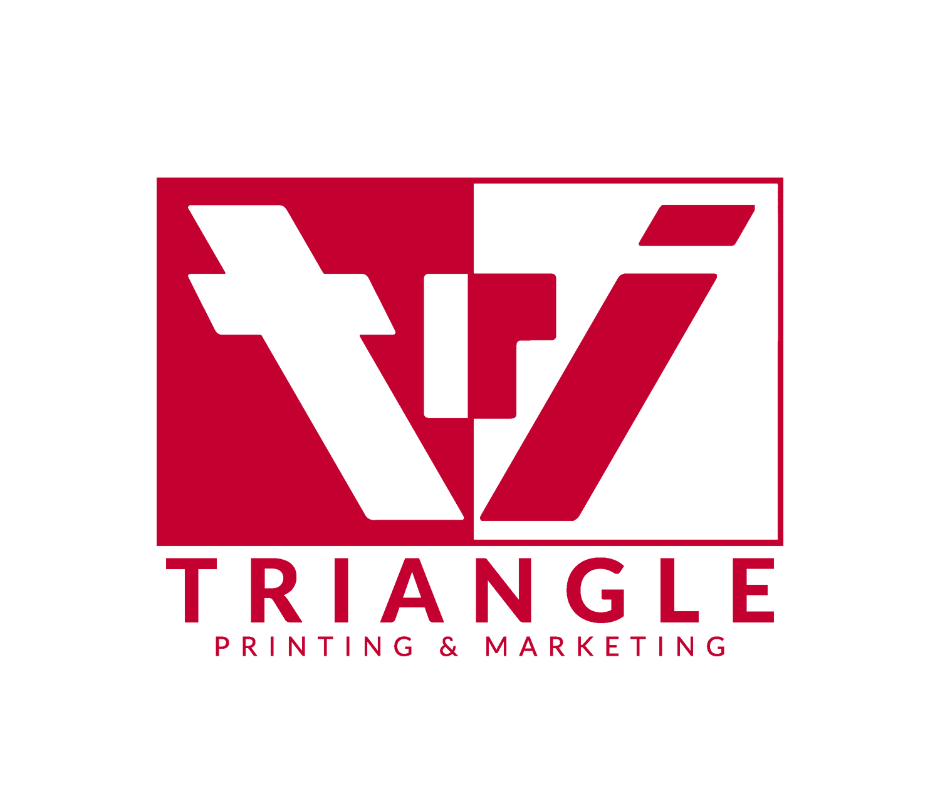The Psychology of Paper: How Texture and Weight Influence Buyer Behavior
When you think about your printed marketing materials—whether it's a brochure, a direct mail piece, or product packaging—your mind likely goes straight to design, layout, and color. But there’s one element that silently shapes how your audience feels about your brand the moment they touch it: the paper.
The texture and weight of your paper play a subtle yet powerful role in how people perceive your business. It's not just about how your materials look, but how they feel—and that feeling can shape trust, credibility, and brand loyalty.
Why Touch Matters in Marketing
Touch is one of the most immediate and emotional human senses. Studies have shown that physical contact with an object creates a stronger emotional response than visual input alone. When someone picks up a printed piece, their brain immediately begins forming opinions about its quality and purpose—often before they even read a word.
This is where your paper choice becomes a quiet but influential part of your message. A heavy, textured card stock communicates something very different than a lightweight glossy flyer. The feel in the hand becomes a reflection of your brand’s quality.
What Texture Says About Your Brand
Let’s look at how different paper textures influence perception:
- Glossy finishes offer a sleek, polished feel—great for brands that want to appear modern and professional. They're commonly used in tech, real estate, and lifestyle catalogs.
- Matte finishes feel soft and understated. They’re often associated with minimalism, sophistication, and a high-end tone.
- Textured stocks like linen or felt suggest tradition, warmth, and trust. Perfect for law firms, universities, and nonprofits.
- Soft-touch coatings provide a luxurious, velvet-like feel that immediately lifts brochures, packaging, or invitations into something memorable.
In short, texture communicates emotion. It helps bridge the gap between the message you’re sending and how your audience receives it.
The Weight Behind the Words
Weight matters too—literally. The thickness and sturdiness of your paper signal how much thought, value, and permanence you’ve invested in your message.
- Heavier stocks imply quality, substance, and care. A thick brochure or business card feels serious and dependable.
- Lighter paper is more cost-effective and may be appropriate for temporary or disposable materials, like event handouts or promotional inserts.
The goal is to choose a paper weight that reflects your intent. A luxury brand’s printed catalog should feel premium, while a seasonal flyer for a weekend sale doesn’t need to feel like a hardcover book.
Smart Pairings: Paper That Matches Your Message
Here’s how some brands can use paper psychology to their advantage:
- A nonprofit organization might print an impact report on textured, uncoated stock to convey authenticity and transparency.
- A health & wellness brand could choose soft-touch coating to evoke calmness and care.
- A high-tech startup may opt for sleek gloss paper that reinforces innovation and clarity.
When the paper matches the message, your printed materials work harder for you—silently reinforcing your brand identity.
Print That Feels as Good as It Looks
At Triangle Printing and Marketing, we believe the most effective printed pieces are the ones that engage all the senses. We help businesses choose paper textures and weights that align with their audience, goals, and budgets. Thoughtful materials speak volumes.
Whether you're printing brochures, mailers, packaging, or signage, don’t overlook how your paper feels. That feeling could be what earns a second look, a stronger impression, or even a loyal customer.
Want to explore your paper options?
Let’s talk about your next project. Contact us for a paper consultation.



